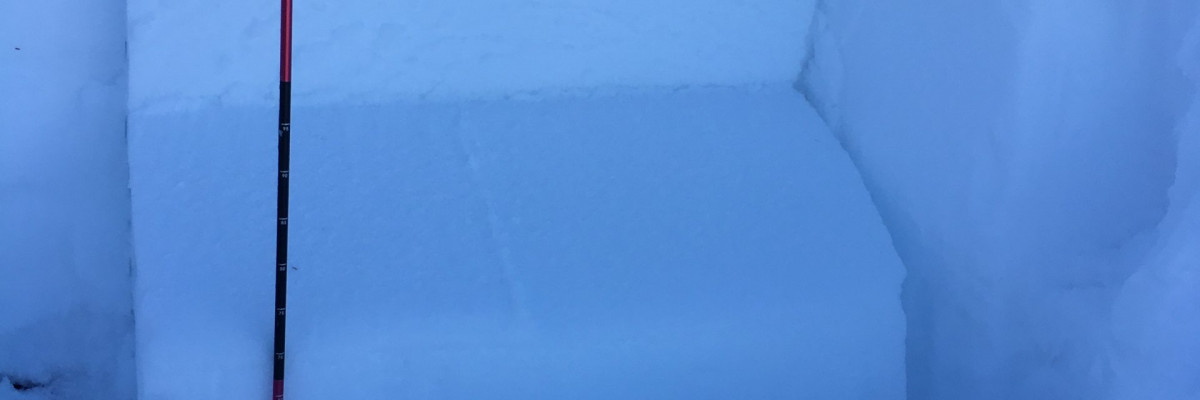The avalanche danger in the west central Montana backcountry is moderate . It is possible to trigger an avalanche on steep slopes today.
Good morning; this is Travis Craft with the West Central Montana Avalanche Center’s avalanche advisory for December 26, 2020. This advisory does not apply to operating ski areas, expires at midnight tonight, and is the sole responsibility of the U.S. Forest Service.
Weather and Snowpack
Temperatures range from 22 to 32 degrees F this morning. A trace to 4 inches of snow has fallen over the advisory area overnight.
The snowpack structure is still weak. Facets and crust combinations are still reactive in pit tests. It is still possible to trigger these layers on steep slopes.
Winds today will load leeward terrain. Wind slabs are a avalanche problem today.
The primary avalanche concern is persistent slabs. The second avalanche problem is wind slabs.
Bottom Line
Choose low angle slopes today less than 30 degrees. As always, practice safe travel protocols. Travel one at a time in avalanche terrain, carry a beacon, shovel, and probe. Remember to re-assess conditions throughout the day and stay alert for signs of instability. Dig a pit. Look for red flags.
Public Observations
Thank you to everyone who has taken the time to send in a public observation. Please keep sharing what you find and see while out in the backcountry. This is a great resource to glean information about current conditions. Here is the link to Public Observations.
We generate avalanche forecasts for a 1,420 square mile area that stretches from Lost Trail Pass to just north of Seeley Lake. We work hard to keep you informed of current avalanche dangers but, we can’t see everything. Your snowpack and weather observations help us fill in the gaps and produce a more accurate forecast. If you get out, please take a moment to fill out the online observation form.
Ski and ride safe.














